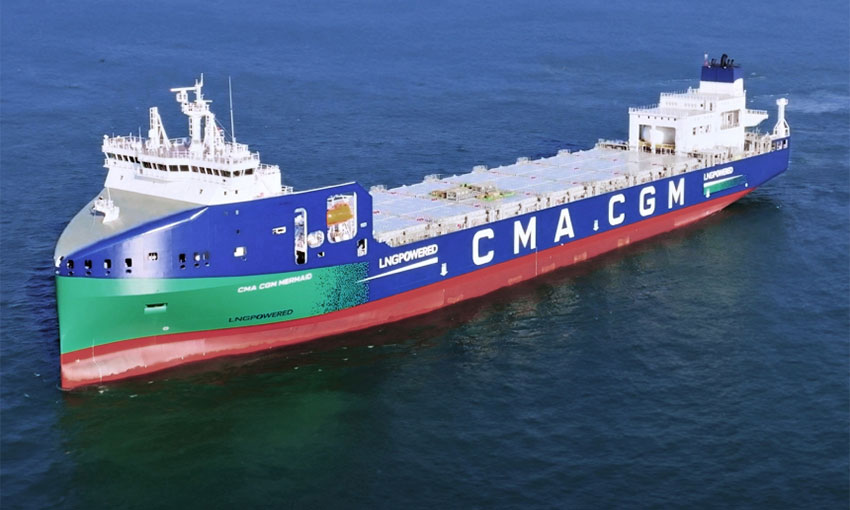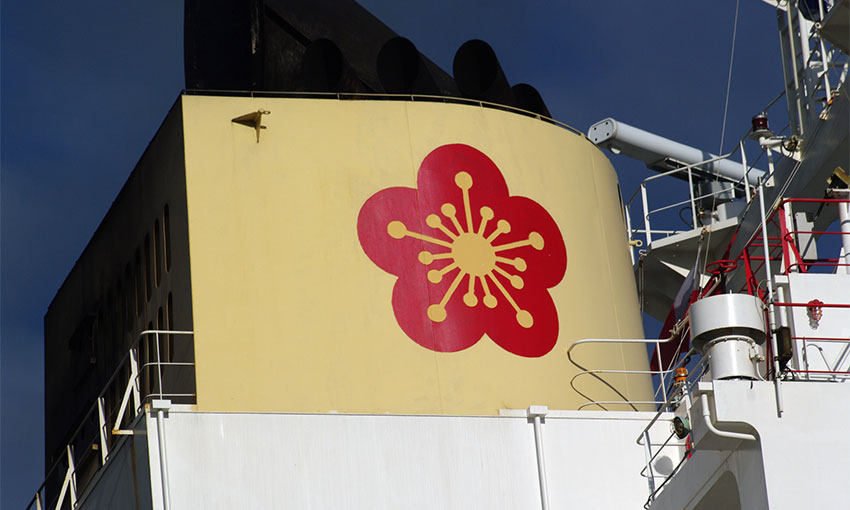CMA CGM has taken delivery of CMA CGM Mermaid, the first of its 10 new 2000-TEU containerships powered by liquefied natural gas.
CMA CGM plans to deploy the vessels in the Mediterranean and Northern Europe.
The new container ships are expected to improve energy efficiency and environmental performance by emitting 20% less carbon dioxide compared to similar sized ships with a conventional maritime fuel design.
CMA CGM has invested more than $15 billion into its fleet renewal program, and the group said the latest move brings it closer to its goal of net zero carbon by 2050.
It said by 2028, nearly 120 ships would be powered by low-carbon energies.
The ships, with a different line and architecture from conventional container ships, were designed in close collaboration with Chantiers de l’Atlantique, a French company located in Saint-Nazaire and globally recognised for its ship design and construction expertise.
The Danish engineering firm Odense Marine Technique (OMT) further converted the concept into an industrial prototype.
CMA CGM has decided to resize this new series of ships.
One of the original characteristics of the design is the ratio of 204.29 metres long to 29.6 metres wide to improve the ships’ hydrodynamic and aerodynamic performance.
They are also the first ships in the CMA CGM fleet with superstructures at the front.
“The 10 new container ships will also be equipped with an alternator coupled to the main propulsion engine, which will provide the energy needed to power the onboard electrical installations once at sea,” CMA CGM said.
As the fuel cell is powered by hydrogen with an energy capacity of 1MW, the ship will have zero emissions when berthed.
The ten new vessels will transport goods over short distances, mainly in northern Europe and the Mediterranean.
Between April and July, six of the series will join the Intra-Northern-Europe line to serve the Baltic and Scandinavian ports from the hubs of Hamburg and Bremerhaven.
Four other ships will join the Intra-Mediterranean line between the end of September and the end of November.





